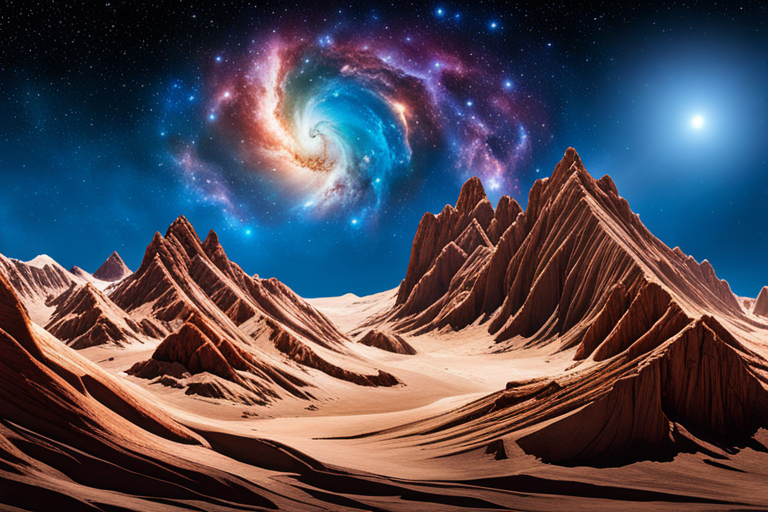How the Cosmos Inspires Sound: An Astromusical Exploration
While music and astronomy may at first glance appear to be completely unrelated, they really have a similar theme: the cosmos. Musicians have long found inspiration in the cosmos, resulting in a rare blending of art and science. This article will discuss how astronomy and music are intertwined, and how cosmic phenomena continue to serve as a source of creative inspiration for musicians.
Astronomy’s Role in the Development of Western Music
The motions of the stars and planets have long been reflected in musical notation. The ancient Greeks and Egyptians, among others, gave the motions of the stars and planets musical accompaniment because they thought these movements had a divine meaning. The concept of the “music of the spheres” may be traced back to Pythagoras, who postulated that people attuned to the cosmos could hear the individual tones released by the many heavenly bodies.
Sound and Astronomy: A Scientific Exploration
Sound is a type of wave that may propagate through air, water, or even a solid. Light, too, is a kind of energy that may be thought of as a wave. The fact that both sound and light waves can be represented by the same mathematical equations only strengthens the link between the two fields. In reality, many astronomers employ radio waves generated by distant objects to conduct their research.
Astronomy as Inspiration for Composers
For millennia, astronomy has served as a source of inspiration for musicians, who have written music in response to celestial events. One well-known piece of music inspired by astrological details about the planets in our solar system is “The Planets” by Gustav Holst. The music of Pink Floyd’s “Dark Side of the Moon” is also well-known for its astronomically themed compositions and effects.
Astronomy and Music: Their Bright Future
The music that we create in response to expanding cosmic knowledge grows and changes with time. New sounds and compositions have been created in recent years using data collected by space missions and observatories. For instance, musician Tim Kaiser used data from NASA’s Voyager 1 spacecraft to create a musical piece based on the “sounds” of interstellar space.
The Role of Astronomy and Music in the Classroom
Young pupils may learn a lot from the combination of astronomy and music. Students may expand their enthusiasm for science and the natural world by studying the cosmos via the medium of music. Similar to how students may obtain a deeper understanding of the arts and their relevance to the world by studying music via astronomy.
The Value of Interdisciplinary Work
The union of astronomy and music is an example of the value of interdisciplinary work. Researchers and creatives can learn from one another in ways that neither could on their own. The advancement of both science and the arts relies on this kind of cross-disciplinary teamwork.
Technology’s Importance in the Future of Astronomy and Music Technology will be crucial in the development of both astronomy and music in the future. Improved technology in telescopes and other devices will lead to deeper cosmic exploration, enriching the material from which musicians and composers get inspiration. New sounds and compositions will be feasible thanks to developments in recording and sound processing technologies.
Conclusion
Combining astronomy with music demonstrates the limitless potential of the human mind. A deeper understanding of the natural world and our role in it can be attained via sonic and musical exploration of the universe. Future generations will always have new music to listen to since our knowledge of the cosmos is always expanding.

